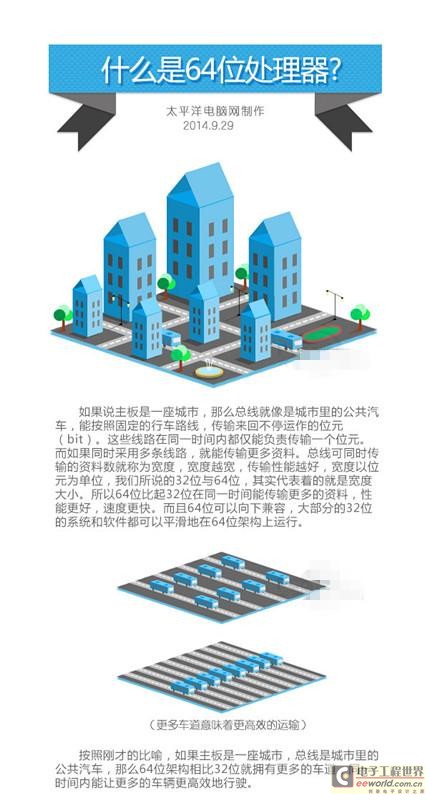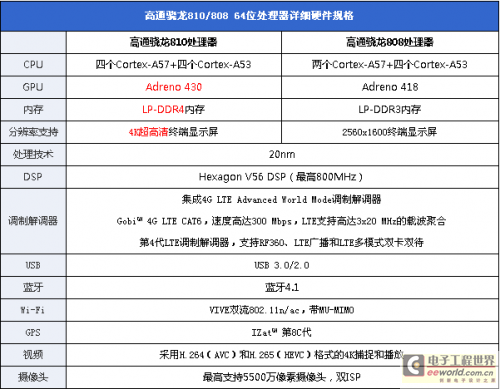When it comes to 64-bit processors, the first thing that usually comes to mind is Apple’s A7 chip, which was introduced with the iPhone 5s. It was a major milestone in mobile computing. Fortunately, Qualcomm didn’t keep manufacturers waiting long and quickly launched the Snapdragon 615, but this chip was more targeted at the mid-range market. In the high-end 64-bit segment, Qualcomm eventually rolled out the powerful Snapdragon 810 and its more streamlined version, the 808. This article will take a closer look at these two chips and compare their features and performance.
So, what exactly is a 64-bit processor?
For those who are not familiar with the term, it's worth taking a moment to understand. In simple terms, 64-bit processors offer higher data transfer efficiency and better performance compared to their 32-bit predecessors. Additionally, they are backward compatible with 32-bit software, making them a smooth upgrade for users and developers alike.

Specifications: 810 vs 808
The following table compares the key specifications of both chips:

The Snapdragon 808 can be seen as the younger sibling of the 810. Both are fully compatible in terms of software, but there are some key differences:
1. The Snapdragon 810 features four Cortex-A57 cores, while the 808 only has two.
2. The 810 uses LPDDR4 memory, while the 808 relies on LPDDR3.
3. The 810 supports up to 4K display, whereas the 808 is limited to 2K.
4. On the GPU side, the 810 is equipped with the Adreno 430, while the 808 uses the Adreno 418.
Overall, the 808 is slightly less powerful than the 810. According to Mark Shedd, Qualcomm’s marketing director, the 808 offers a cost-effective option for manufacturers who don't need 4K support. However, if you're looking for top-tier performance, the 810 is the way to go.
Second, the architecture: moving away from Krait, embracing ARM
One notable change is that the Snapdragon 810 and 808 no longer use Qualcomm’s proprietary Krait architecture. Instead, they are based on ARM’s Cortex-A57 and Cortex-A53 architectures, which have been customized by Qualcomm. The Cortex-A57 is currently one of the most powerful ARM designs, built on the new ARMv8-A ISA. It improves instruction set efficiency and can be used alone or paired with the Cortex-A53 in a big.LITTLE configuration, as seen in the 810 and 808.
Beyond just the core architecture, Qualcomm also leveraged various tools and optimizations provided by ARM, such as dynamic power management that automatically shuts down unused cores. Their goal was to maximize performance while keeping energy consumption as low as possible. This approach shows how far Qualcomm has come in balancing power and efficiency in high-end mobile processors.
80W Medical Power Supply,80W Medical Device Power Supply,80W Medical Power Adapter,80W Rade Power Supplies
Shenzhen Longxc Power Supply Co., Ltd , https://www.longxcpower.com